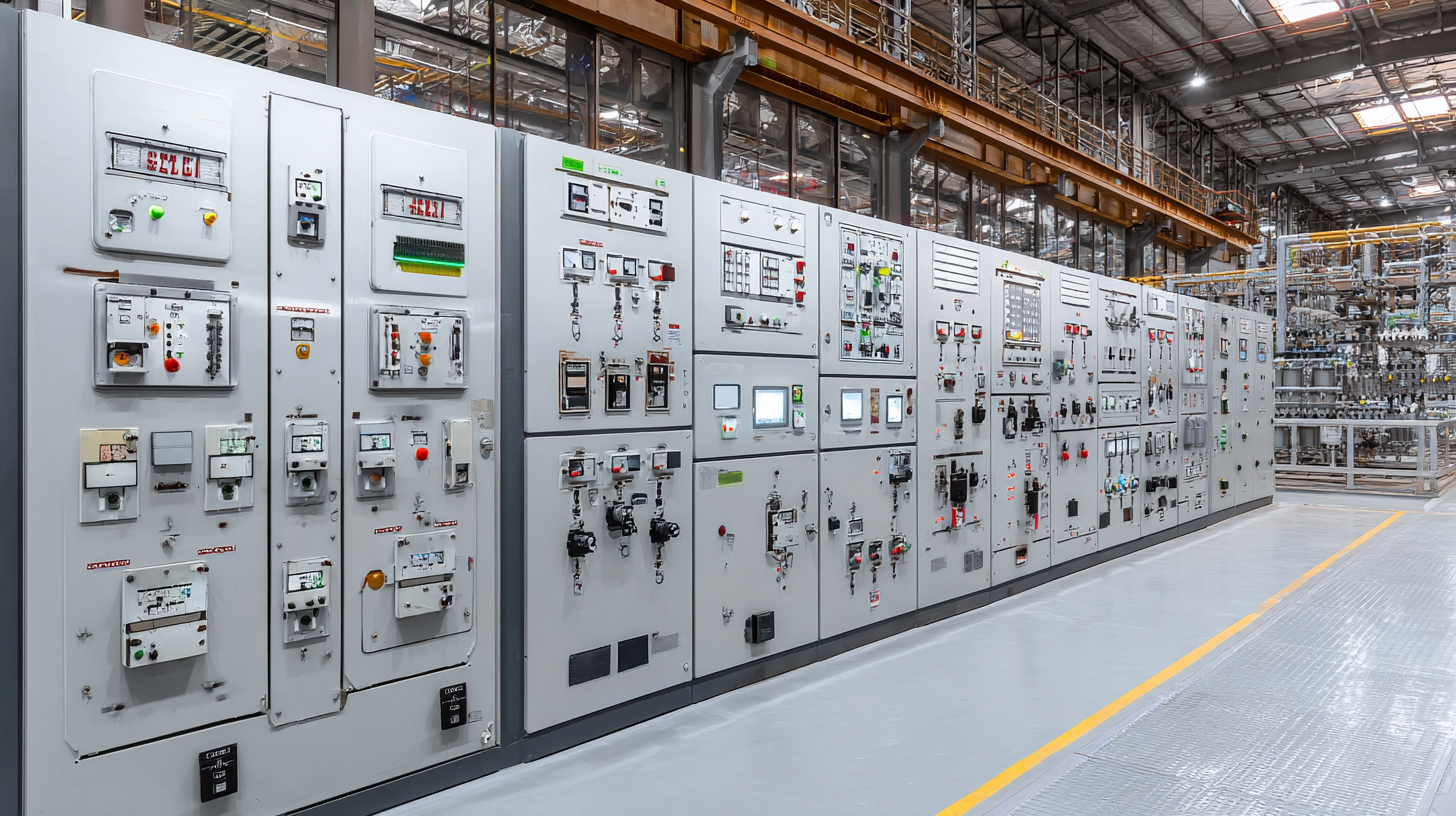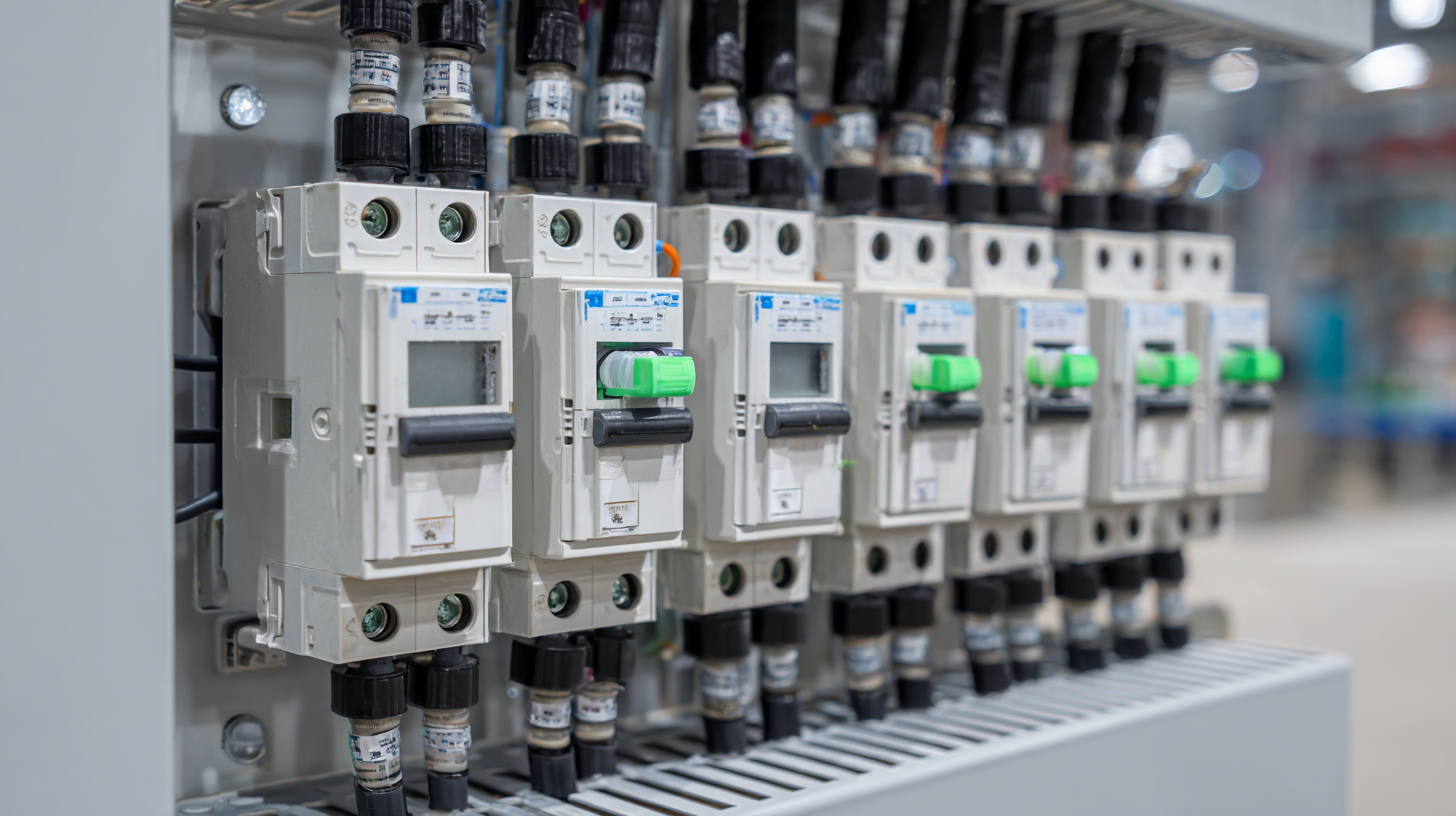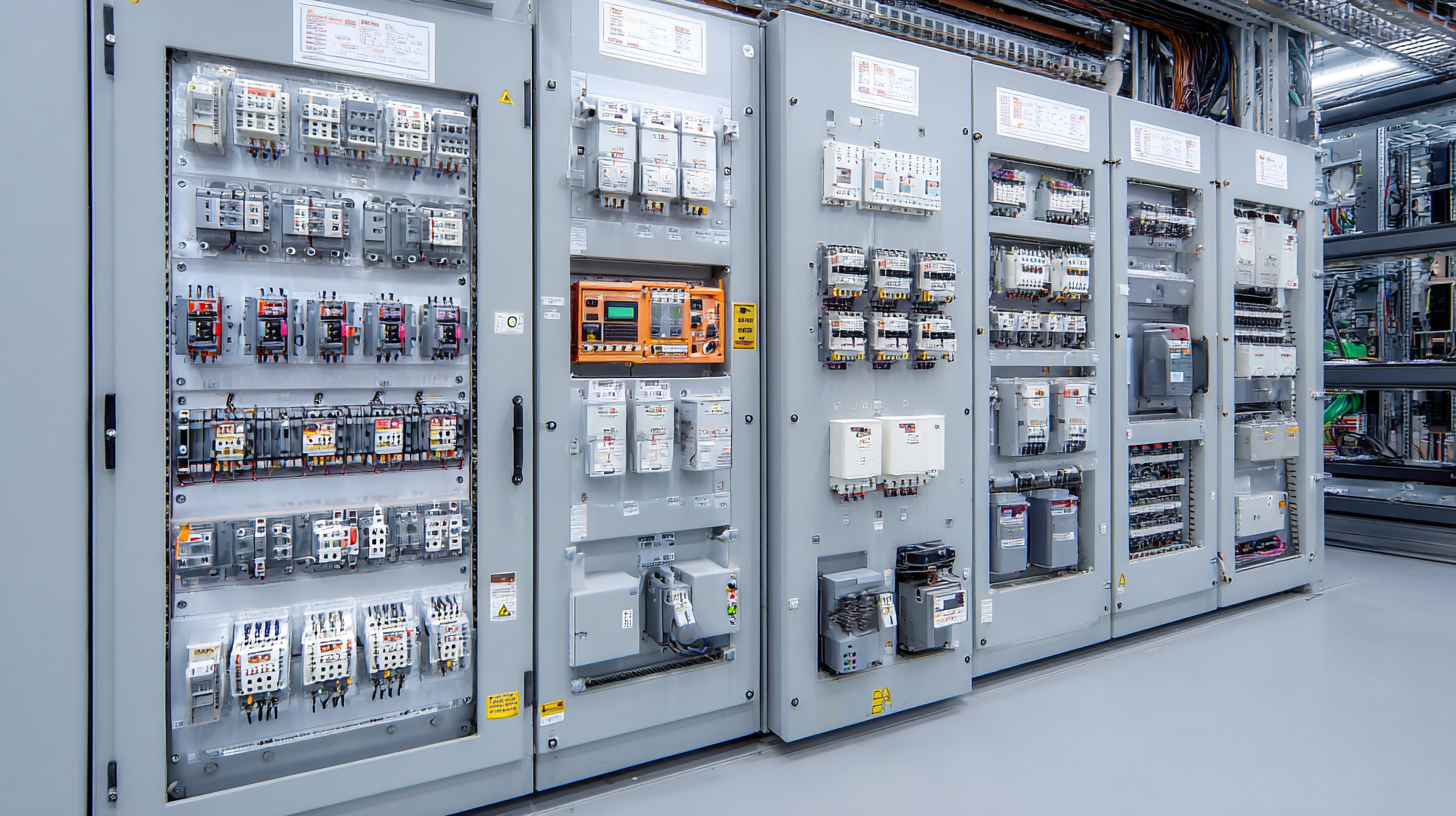In the realm of power distribution, ensuring safety and reliability is paramount, and understanding the Rccm Breaker is a critical step in achieving these goals. This essential guide delves into the intricacies of Rccm Breakers, which serve as vital components in protecting electrical systems from overloads and short circuits. By effectively monitoring and controlling electrical currents, Rccm Breakers help prevent potential hazards, thereby safeguarding both equipment and human lives.

In this article, we will explore various aspects of Rccm Breakers, including their operational mechanisms, benefits, and best practices for installation and maintenance. Whether you are a seasoned electrician or a homeowner looking to enhance your electrical safety, this guide will equip you with the necessary knowledge to make informed decisions regarding power distribution safety solutions. Understanding the significance of Rccm Breakers is crucial for anyone wanting to ensure a secure and efficient electrical environment.
RCCM (Residual Current Circuit Breaker with Overcurrent Protection) breakers are essential components in modern electrical systems, designed to significantly enhance safety in power distribution. According to a report by the International Association of Electrical Inspectors (IAEI), the implementation of RCCM breakers reduces electrical shock incidents by up to 70% in residential and commercial properties. This is attributed to their dual-functionality, as they protect against both current leakage and overload conditions, ensuring that when faults occur, the breaker responds promptly to minimize risk.
Key features of RCCM breakers include their sensitivity ratings, typically set at 30mA for personal protection and up to 300mA for equipment protection. This sensitivity is crucial in providing early detection of ground faults, allowing users to avoid potential hazards. Additionally, the integration of smart technology in newer models has enabled real-time monitoring and alerts, enhancing their reliability. Reports from the Electrical Safety Foundation International (ESFI) highlight that the adoption of advanced RCCM technology can decrease downtime in industrial settings by 50%, showcasing their importance not only for safety but also for operational efficiency.
Power distribution safety plays a critical role in the integrity and efficiency of modern infrastructure. As cities grow and technology evolves, the demand for reliable power supply increases exponentially. This rising demand necessitates robust safety measures to prevent electrical failures and hazards. Implementing advanced safety solutions, such as RCCB (Residual Current Circuit Breakers), ensures that any irregularities in electrical flow are detected and addressed immediately, protecting both people and property from potential dangers like electrocution and fires.
Moreover, the significance of power distribution safety extends beyond just individual safety; it supports the overall resilience of infrastructure systems. A well-designed power distribution network minimizes interruptions and outages, which can have cascading effects on everything from public safety services to economic activities. By prioritizing safety in power distribution, stakeholders can foster a stable and secure environment that not only meets current demands but also anticipates future challenges, thereby contributing to the sustainable development of urban spaces.
RCCM breakers, or Residual Current Circuit Magnitude breakers, play a crucial role in safeguarding electrical systems against faults. These devices are designed to detect imbalances in electrical currents and swiftly disconnect the power supply, thereby preventing potential hazards such as electrocution, electrical fires, and equipment damage. The ability of RCCM breakers to provide real-time monitoring and rapid response makes them an essential component in both residential and industrial power distribution systems.
In situations where electrical faults occur, such as short circuits or overloads, RCCM breakers help maintain safety by interrupting the flow of electricity before it reaches dangerous levels. This proactive approach is vital in minimizing risks, especially in high-demand environments where electrical integrity is paramount. Understanding how to integrate and maintain RCCM breakers is essential for any safety-conscious organization or homeowner aiming to enhance their power distribution safety solutions.
| Feature | Description | Benefits | Applications |
|---|---|---|---|
| Current Monitoring | Constantly tracks the current flow to detect overloads and faults. | Prevents equipment damage and ensures operational reliability. | Industrial settings, commercial buildings |
| Fault Detection | Identifies short circuits and ground faults swiftly. | Enhances safety by reducing fire risk and electrical shock. | Residential, hospitals |
| Reset Function | Allows the breaker to be reset after tripping. | Minimizes downtime and simplifies troubleshooting. | Manufacturing plants, office buildings |
| User-Friendly Design | Intuitive interface for easy operation. | Reduces training time for personnel. | Schools, small businesses |
| Compact Size | Designed to occupy less space in electrical panels. | Facilitates easier installation and maintenance. | All types of power distribution systems |
 RCCM breakers represent a significant advancement in power distribution safety compared to conventional circuit breakers. While traditional circuit breakers primarily serve the purpose of interrupting excessive current flow, RCCM breakers provide additional functionalities, including enhanced fault detection and advanced protection features tailored for modern electrical systems. This makes RCCM breakers particularly effective in minimizing the risk of electrical fires and other hazards.
RCCM breakers represent a significant advancement in power distribution safety compared to conventional circuit breakers. While traditional circuit breakers primarily serve the purpose of interrupting excessive current flow, RCCM breakers provide additional functionalities, including enhanced fault detection and advanced protection features tailored for modern electrical systems. This makes RCCM breakers particularly effective in minimizing the risk of electrical fires and other hazards.
When comparing RCCM breakers to conventional options, one notable difference is the integration of digital technology. RCCM breakers can analyze and respond to circuit conditions in real-time, making them smarter and more responsive than their traditional counterparts. This digital capability allows them to not only trip the circuit during faults but also provide data that can be used for ongoing system monitoring and maintenance.
Tips for Choosing the Right Breaker:
1. Consider application needs: Evaluate the specific requirements of your electrical system to select a breaker that offers the necessary protection level.
2. Look for additional features: Seek breakers with smart functionalities that enhance safety and provide real-time diagnostics for proactive maintenance.
3. Stay informed about market trends: With the circuit breaker market projected to grow significantly, stay updated on innovations to ensure you make the best choice for safety and efficiency.
Maintenance of RCCM (Remote Control Circuit Monitoring) breakers is critical for ensuring the reliability and safety of power distribution systems. Regular inspections can identify potential issues before they escalate into significant problems. A visual check for signs of wear or overheating, along with testing the physical integrity of connections and components, is essential. It is also vital to ensure that the firmware or software running on the RCCM system is up-to-date, as improvements may enhance both functionality and security.

In addition to regular inspections, conducting routine functional testing is necessary to verify the operational performance of RCCM breakers. This includes checking the tripping mechanisms and response times to ensure they operate correctly under load conditions. Moreover, maintaining a detailed record of all maintenance activities aids in benchmarking performance and identifying trends over time. Adopting a proactive maintenance schedule, aligned with manufacturer recommendations, can significantly extend the life of RCCM breakers and enhance overall system reliability, ultimately leading to safer power distribution.






